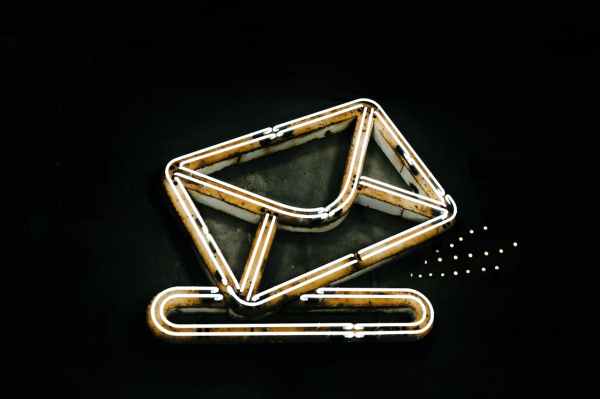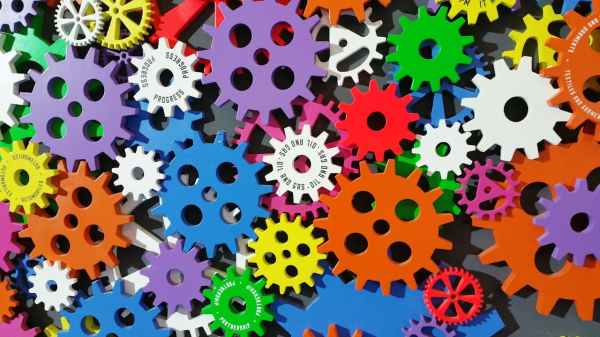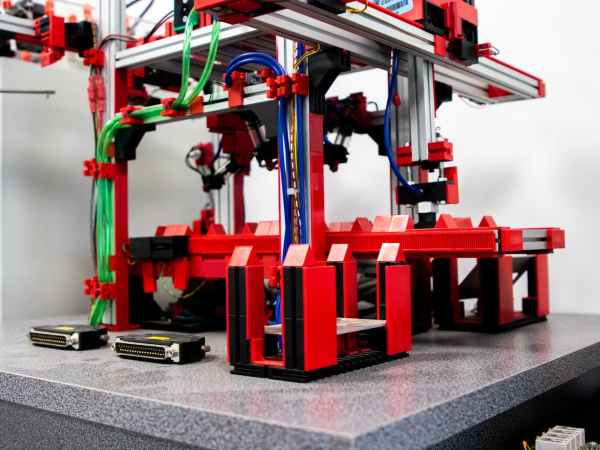Convolutional neural networks (CNNs), their use in classification and in the identification of objects in images has made them a key tool in many everyday scenarios, and their remarkable growth in the area of deep learning.
What are convolutional neural networks?
Convolutional neural networks seek to mimic the functioning and structure of human brain neural networks. They consist of interconnected nodes that receive information, process it and pass it through another artificial neuron. These nodes are also known as artificial neurons, which can be programmed to optimise output and thus adapt to different types of inputs.
Nowadays, artificial neurons are trained to solve different AI problems, and CNNs focus on identifying objects in images. Originally, machine learning consisted of basic neural networks, sufficient to reveal the various elements of small images.
But over time, these algorithms have become insufficient, as they do not detect large image objects. The reason is that if the size of the images increases, the pixel variable increases. This increase in input information is a more complicated process to deal with with traditional convolutional networks.
How do convolutional neural networks work?
The basic structure of CNNs is composed of interconnected layers. The first layer is the input layer, where the neural network receives all the information coming from the outside. For example, if the information is an image, the network collects the dimensions of width, length and depth. In turn, the software analyses the RGB (colour-related) values of the image.
After receiving the data, it goes to another layer dedicated to feature extraction, which can be classified into two types: convolution layer, in charge of analysing the set of features, and the pooling layer, in charge of receiving the feature map. Finally, there is the classification layer. In this part, the machine learns and recognises the features for a final output.
What are the applications of convolutional neural networks?
CNNs are part of machine learning, a branch of Artificial Intelligence that works to make machines learn autonomously. They are mainly used to identify patterns in data sets, for example, voice recognition, audio recognition or classifying different categories of images, in such a way that they allow the detection of objects, and then serve as a basis for decision-making.
They are also very effective at processing human language. They can be used for machine translation; neural networks learn to translate into a given language by analysing language patterns.
At the same time, they can predict decision-making. In this sense, they are very favourable for analysing customers’ shopping behaviour in an establishment, and for predicting possible disease risks of patients.
Benefits and drawbacks of convolutional neural networks
Among the main benefits is their effectiveness in identifying visual patterns. For this reason, they are used to classify images, which previously could be complex in the face of conventionally structured convolutional networks.
They also have a high capacity to process large volumes of visual data. This technology learns from its experience, so it improves its procedures over time.
However, these networks are not perfect; they also have a number of weaknesses. First, they can require large amounts of data to operate correctly. In addition, they often require a lot of training time for proper optimisation, and they also need more powerful equipment.
CNNs are set to have a major impact in the future, particularly in the fields of medical typing, autonomous driving and artificial intelligence. However, as new applications are developed, the challenges it faces also increase. With the use of this innovation, the field of machine learning and deep learning has to adjust security, data privacy and interoperability of results.
What types of neural networks are there?
There are different types of neural networks, classified according to their application and data processing. Along with convolutional networks, there are other options such as monolayer or multilayer, but the most relevant are:
Feedforward
The most basic of all neural networks, it filters data in a single direction and in a feedforward manner, from the input layer to the output layer. It is very useful for classification and prediction tasks, e.g. image recognition or scam detection.
Recurrents
As with the feedforward network, recurrents also feed back. This feedback allows the neural network to have memory of previous data, which facilitates tasks involving sequential data. The processing of recurrent networks is more complex, as they use backpropagation algorithms.










